In recent years, non-contact temperature measurement has gained widespread attention across various industries. Traditional methods often require direct contact with an object, limiting their efficiency and safety. Smartphone thermal cameras offer an innovative alternative, enabling precise temperature detection without physical interaction. Their affordability and portability make them valuable tools for both everyday users and professionals.
How Smartphone Thermal Cameras Work
Thermal cameras operate based on infrared (IR) radiation. Every object emits infrared energy, which increases with temperature. A thermal imaging sensor detects this radiation and converts it into a visual representation, displaying heat variations in different colors. Smartphone thermal cameras integrate this technology into compact modules, allowing users to capture thermal images directly from their mobile devices.
Unlike conventional infrared thermometers that provide only a single temperature reading, thermal cameras generate detailed heat maps. This makes them more versatile in detecting temperature anomalies, identifying heat sources, and ensuring accurate thermal assessments.

Applications of Smartphone Thermal Cameras
Home Inspection and Energy Efficiency
A significant use case for smartphone thermal cameras is home inspection. These devices help detect insulation gaps, air leaks, and overheating electrical components. Homeowners can easily identify areas where heat escapes, improving energy efficiency and reducing utility costs. By pinpointing these issues early, thermal imaging contributes to long-term savings and enhanced home safety.

Industrial and Technical Uses
Professionals in engineering, maintenance, and construction utilize thermal cameras to monitor equipment performance and identify faults. Overheating components in machinery, electrical circuits, and pipelines can be quickly detected, preventing potential failures. Technicians rely on this technology to conduct preventive maintenance and improve operational safety.
Medical and Veterinary Applications
Thermal imaging plays a role in healthcare by detecting abnormal heat patterns in the human body. While not a replacement for medical diagnostics, it assists in preliminary assessments and monitoring inflammation. In veterinary care, thermal cameras help identify injuries and infections in animals by detecting temperature irregularities.
Outdoor and Emergency Situations
Outdoor enthusiasts and emergency responders benefit from smartphone thermal cameras for navigation, search-and-rescue operations, and wildlife observation. They enable users to see in complete darkness, locate lost individuals, and detect hidden animals. Firefighters use thermal imaging to assess fire scenes and identify potential hazards.

Advantages of Smartphone Thermal Cameras
Cost-Effective and Accessible
Traditional thermal imaging systems are often expensive and require specialized equipment. Smartphone thermal cameras provide an affordable alternative, making thermal imaging technology accessible to a broader audience. Their integration with mobile devices eliminates the need for standalone units, reducing costs while maintaining functionality.
Portability and Ease of Use
Compact and lightweight, smartphone thermal cameras offer convenience for users across various applications. Unlike bulky industrial models, these devices fit into pockets, enabling on-the-go temperature measurement. Their user-friendly interfaces ensure that even non-professionals can operate them efficiently.
Real-Time Data and Connectivity
Smartphone thermal cameras leverage mobile technology to provide real-time analysis and data sharing. Users can instantly capture, store, and transmit thermal images for further evaluation. This connectivity enhances collaboration among professionals and improves decision-making processes.

Considerations When Choosing a Smartphone Thermal Camera
When selecting a smartphone thermal camera, several factors should be considered:
● Resolution and Sensitivity: Higher resolution and sensitivity ensure more accurate thermal images.
● Temperature Range: Different models support varying temperature detection ranges, suitable for specific applications.
● Compatibility: Ensure the thermal camera module is compatible with your smartphone model.
● Software Features: Advanced features such as adjustable color palettes, temperature markers, and reporting tools enhance functionality.

Smartphone thermal cameras offer an efficient, non-contact solution for temperature measurement. Their affordability, portability, and wide range of applications make them suitable for home users, professionals, and emergency responders. As technology advances, these devices continue to evolve, providing enhanced thermal imaging capabilities for diverse industries.




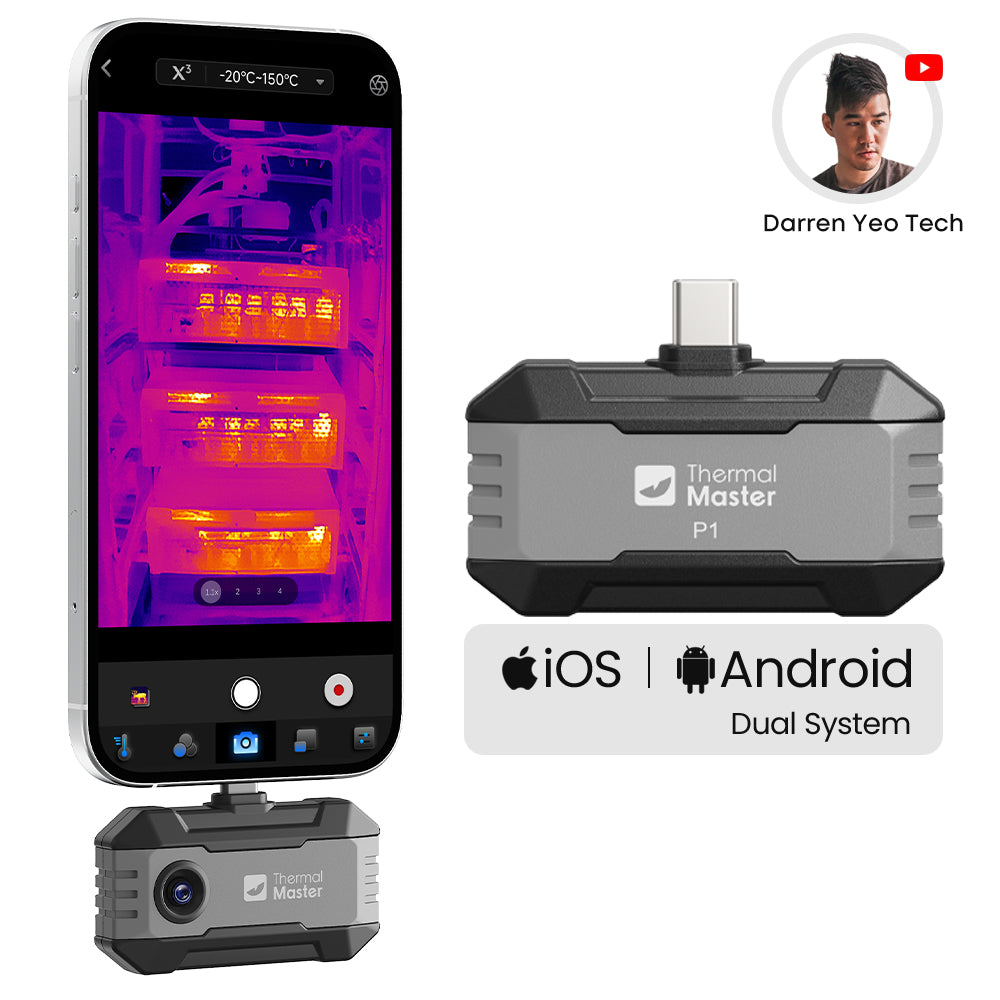
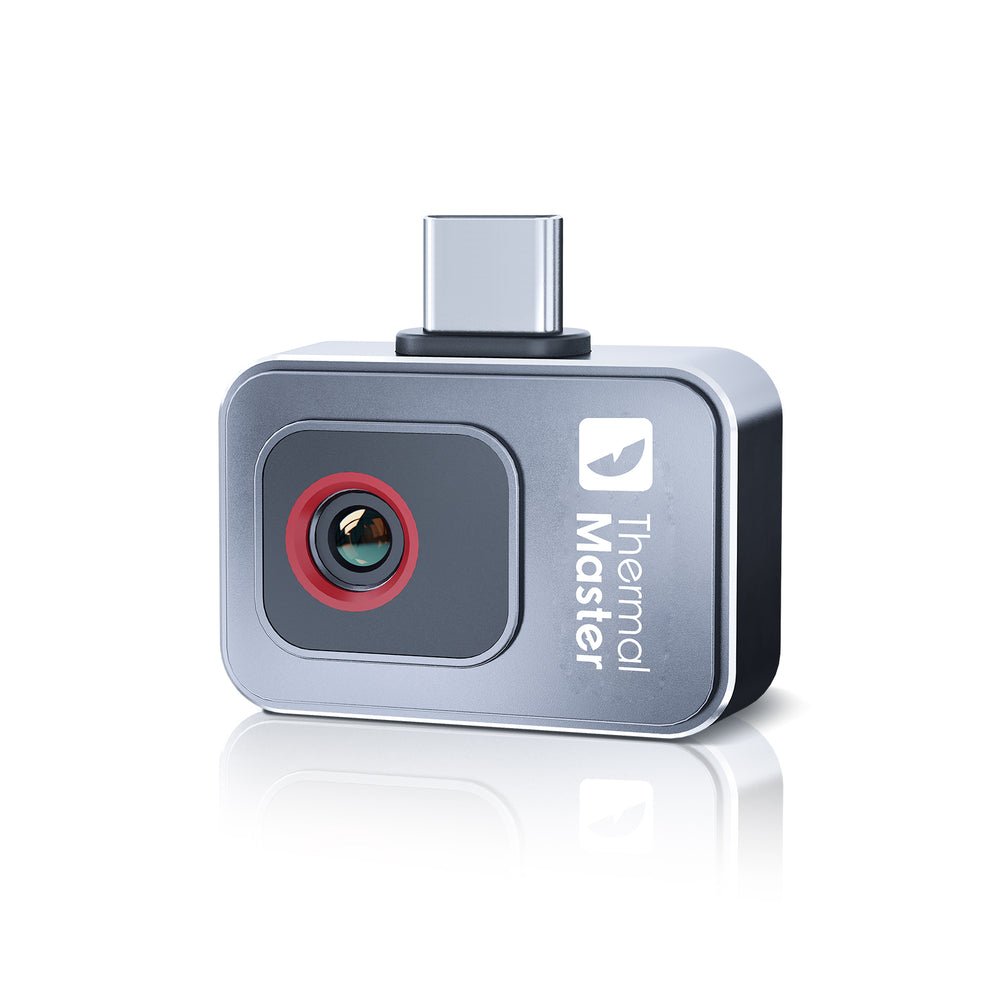
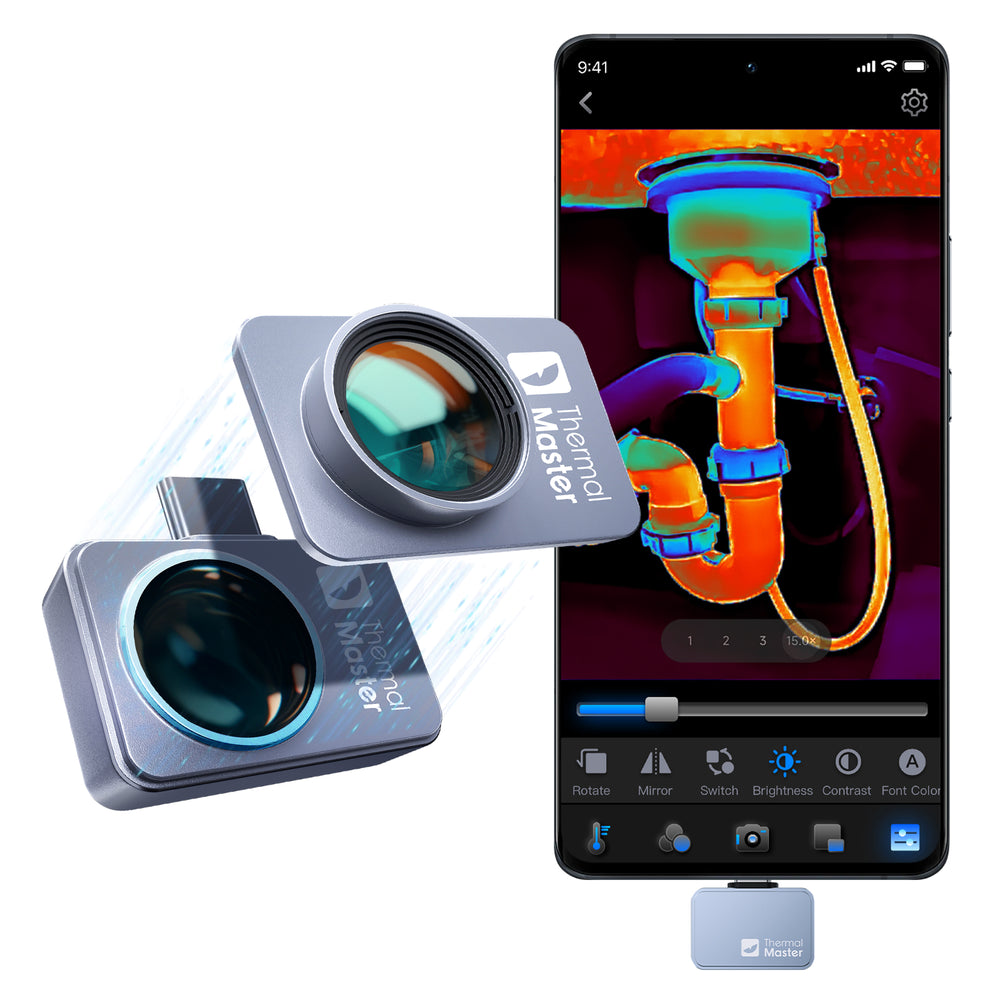
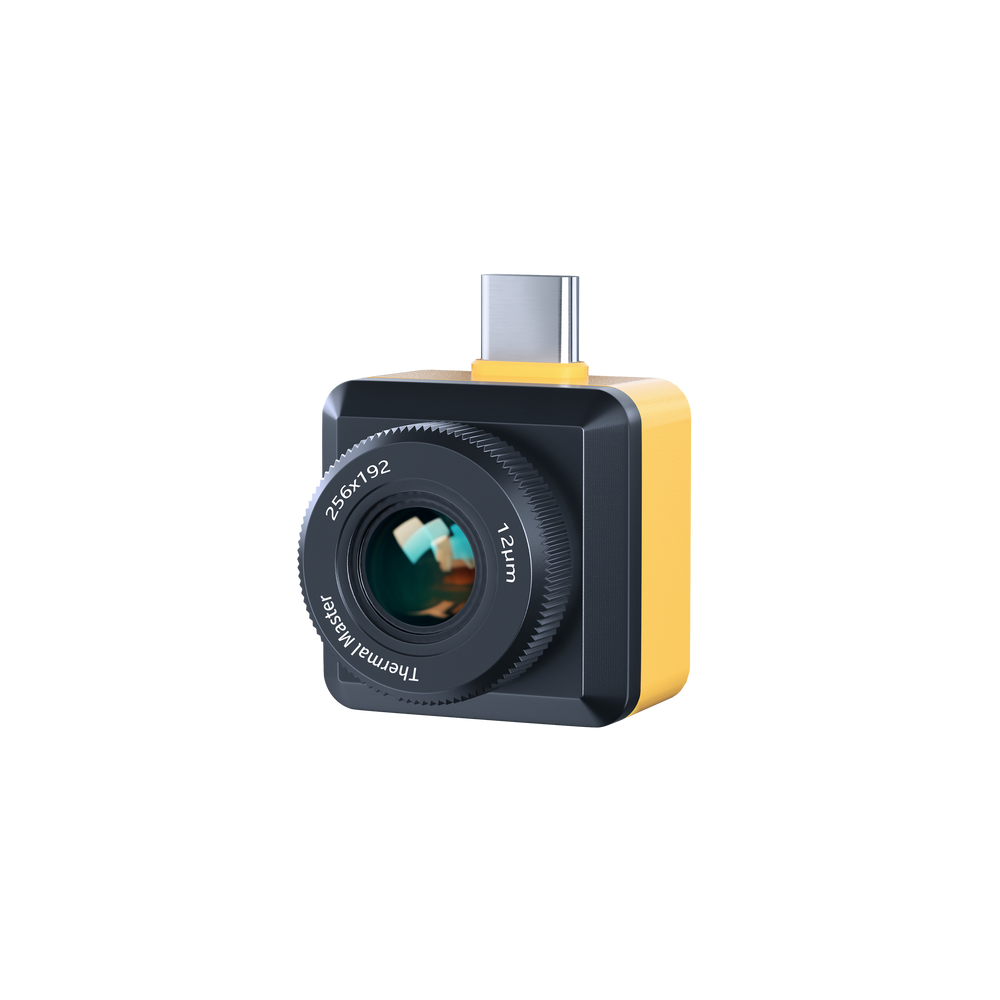
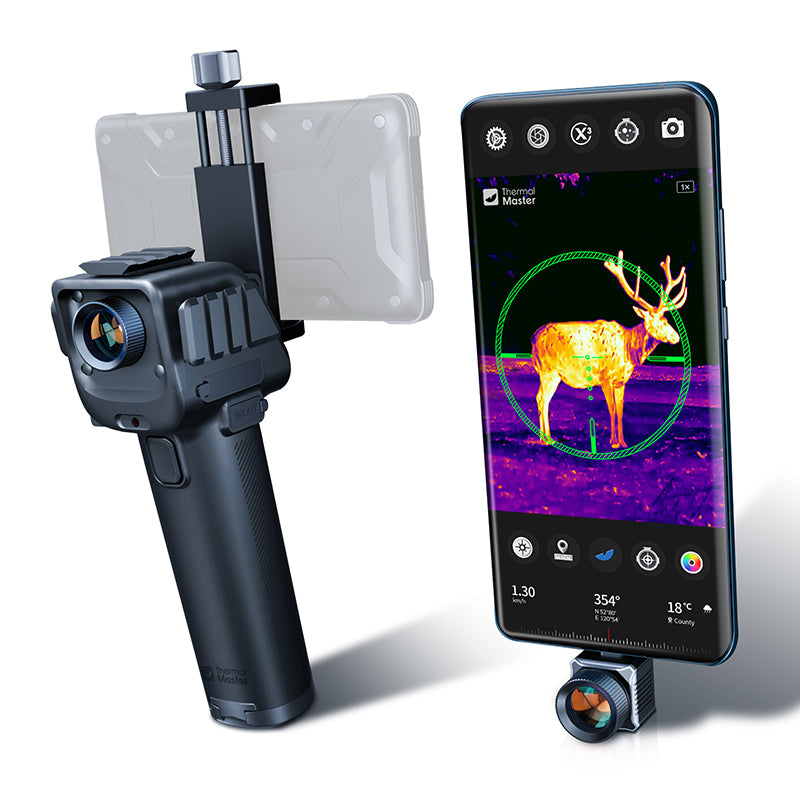
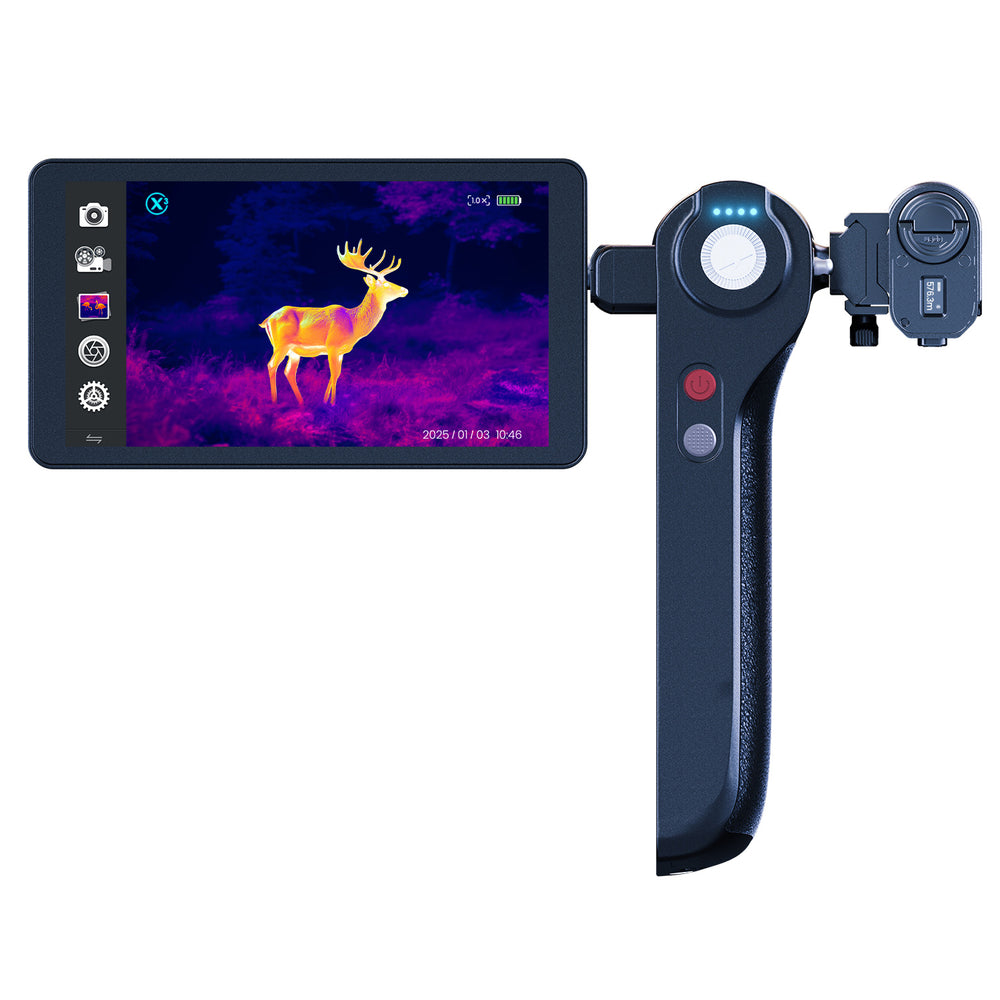
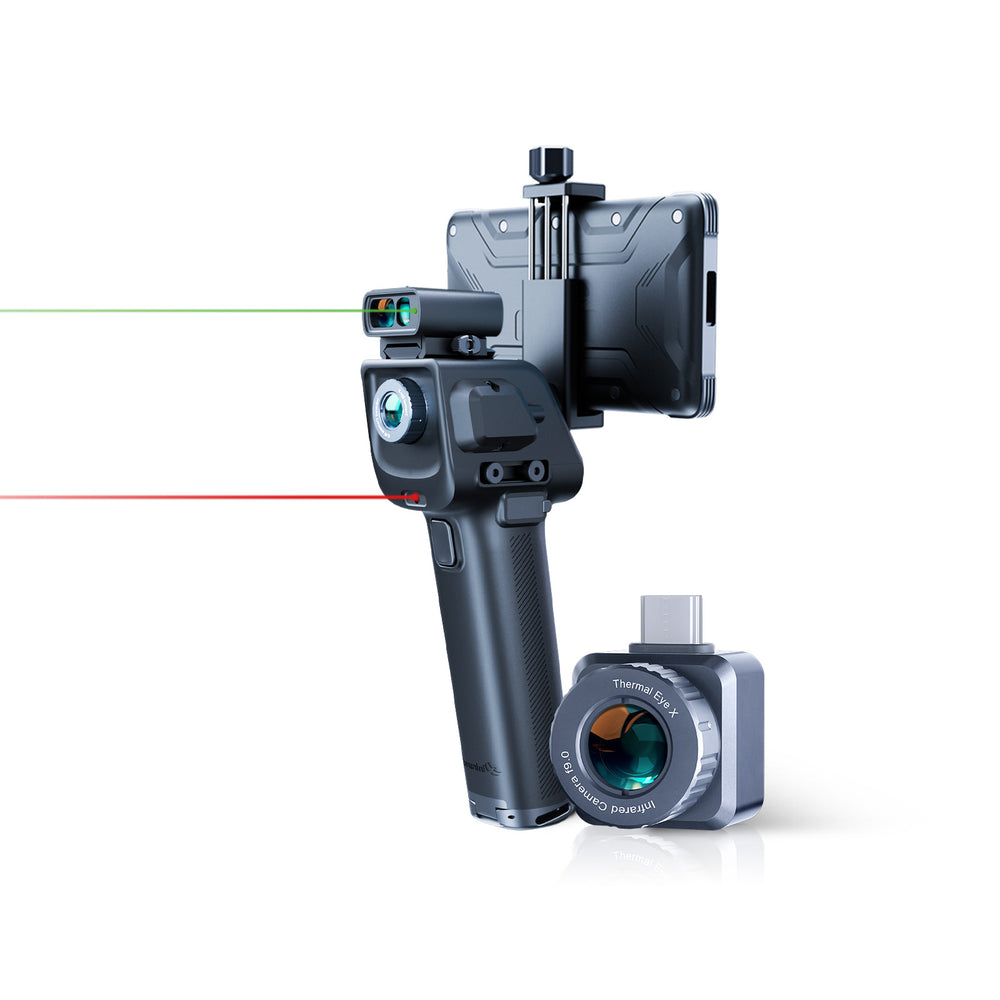
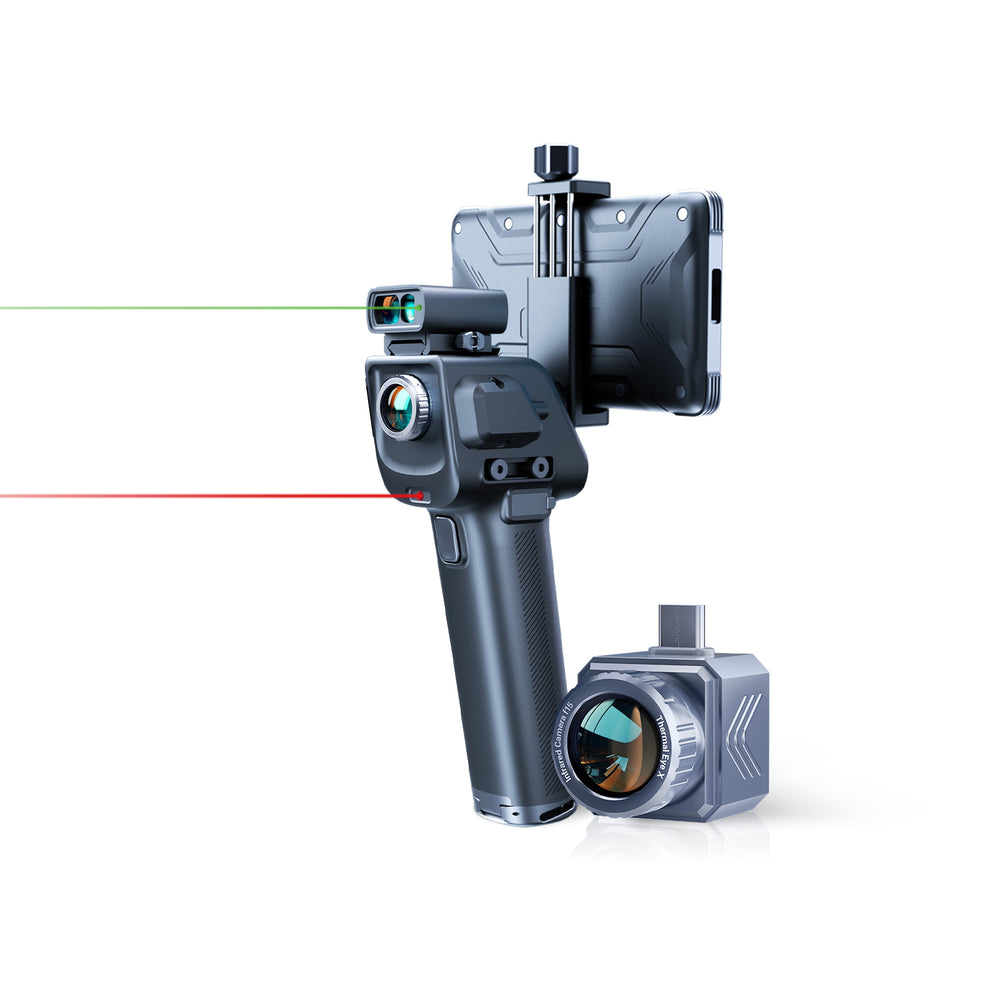
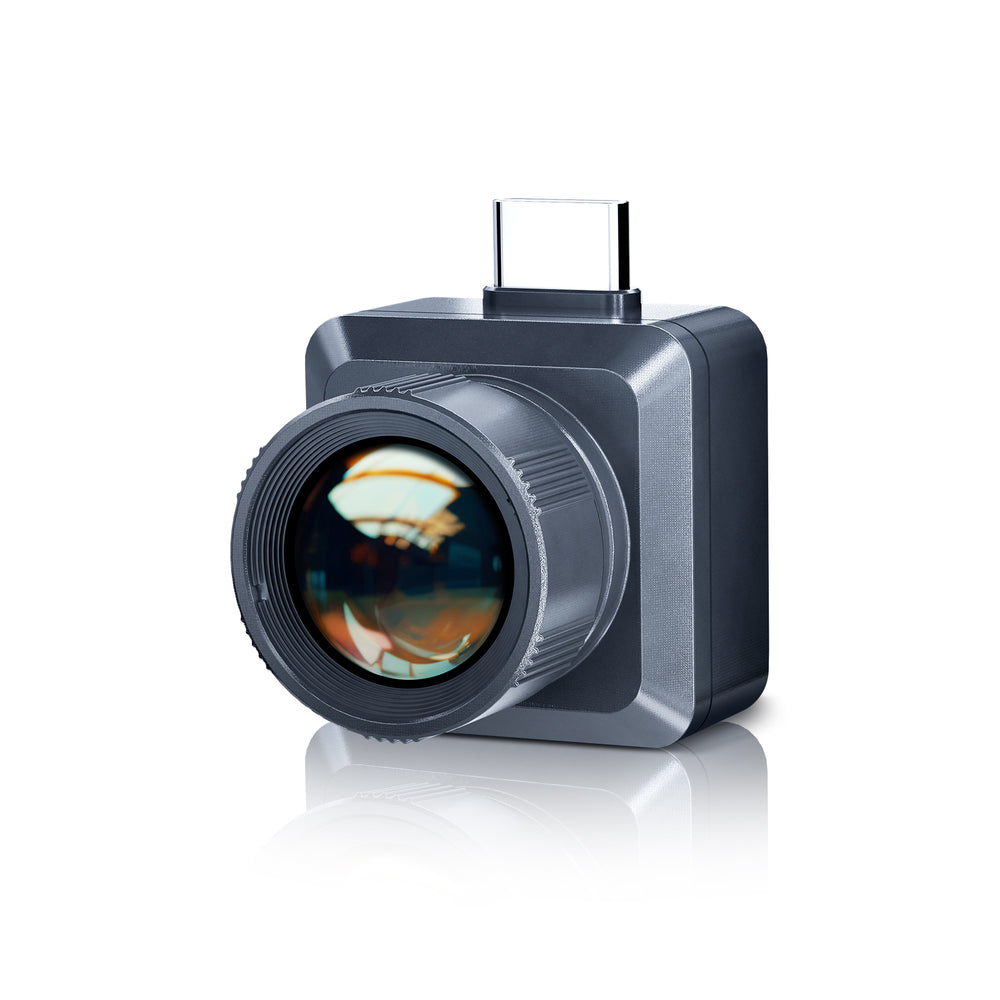
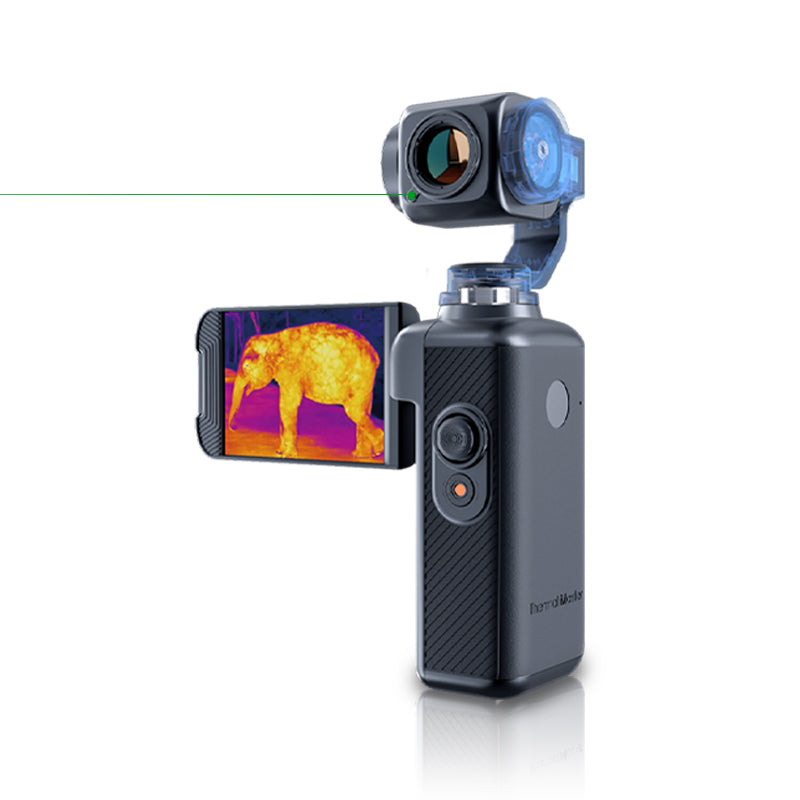
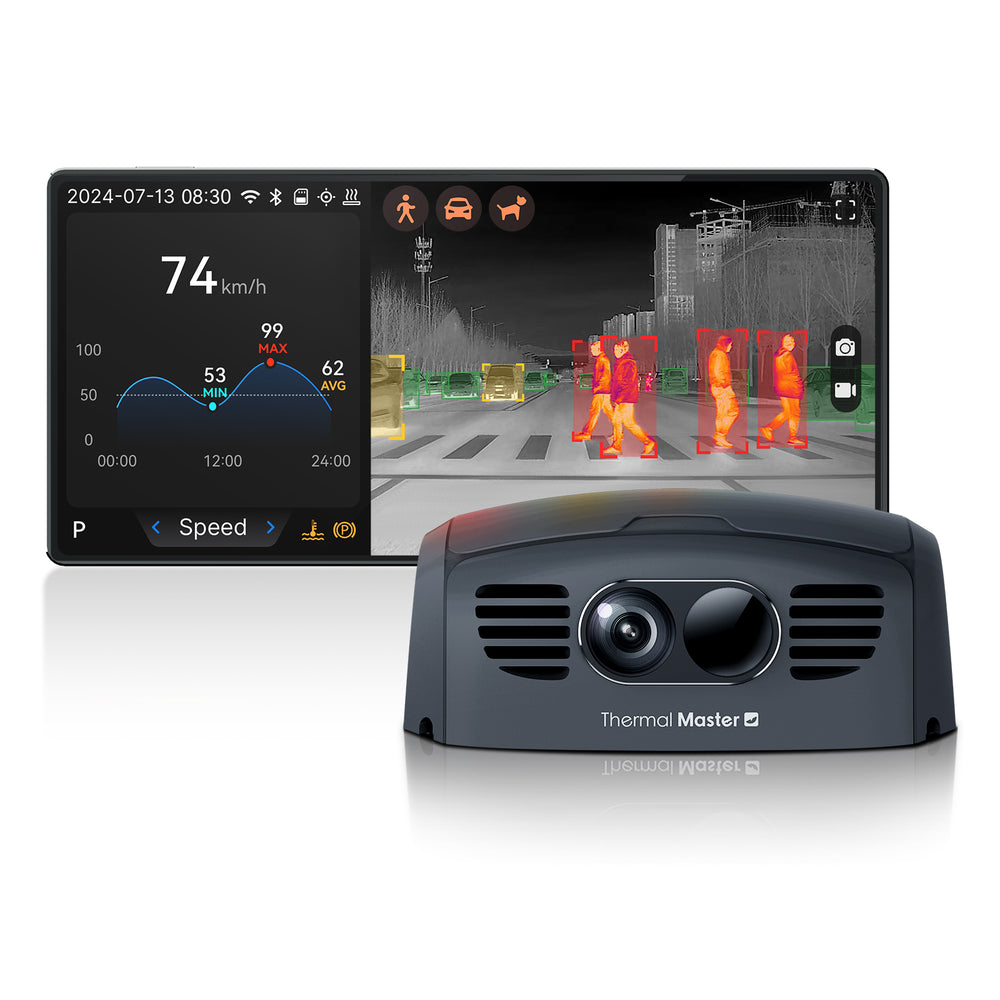
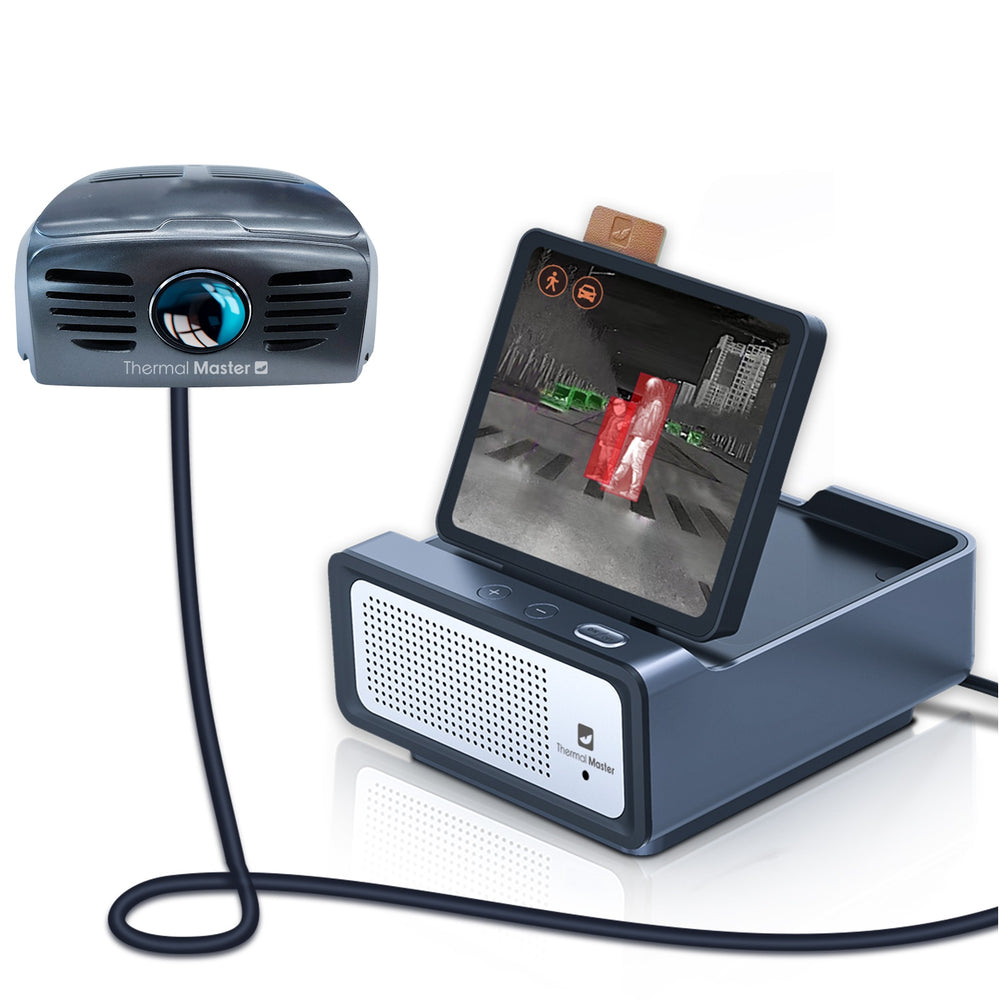

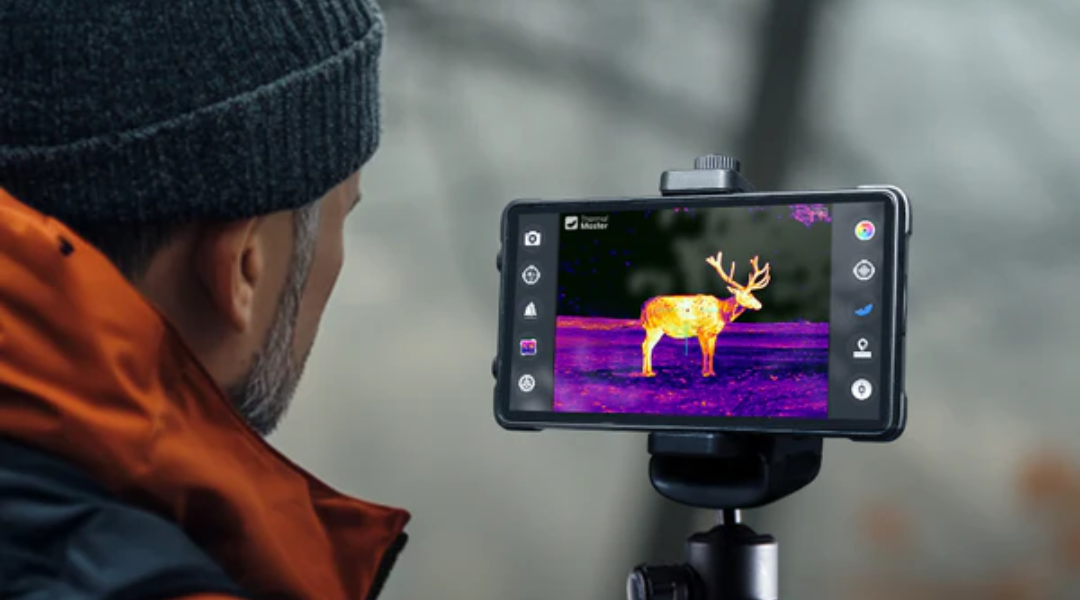
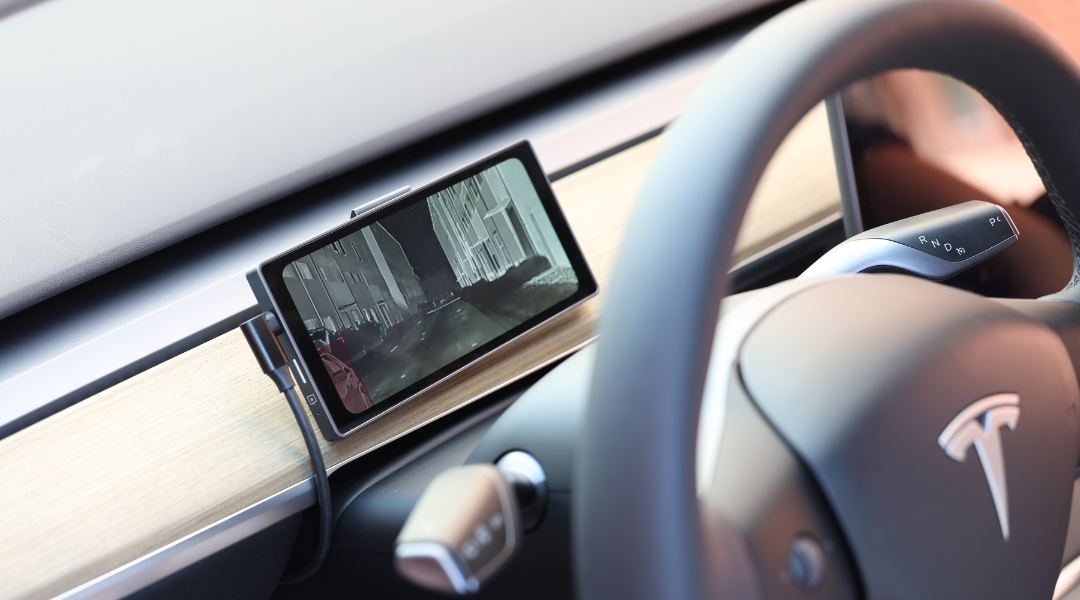
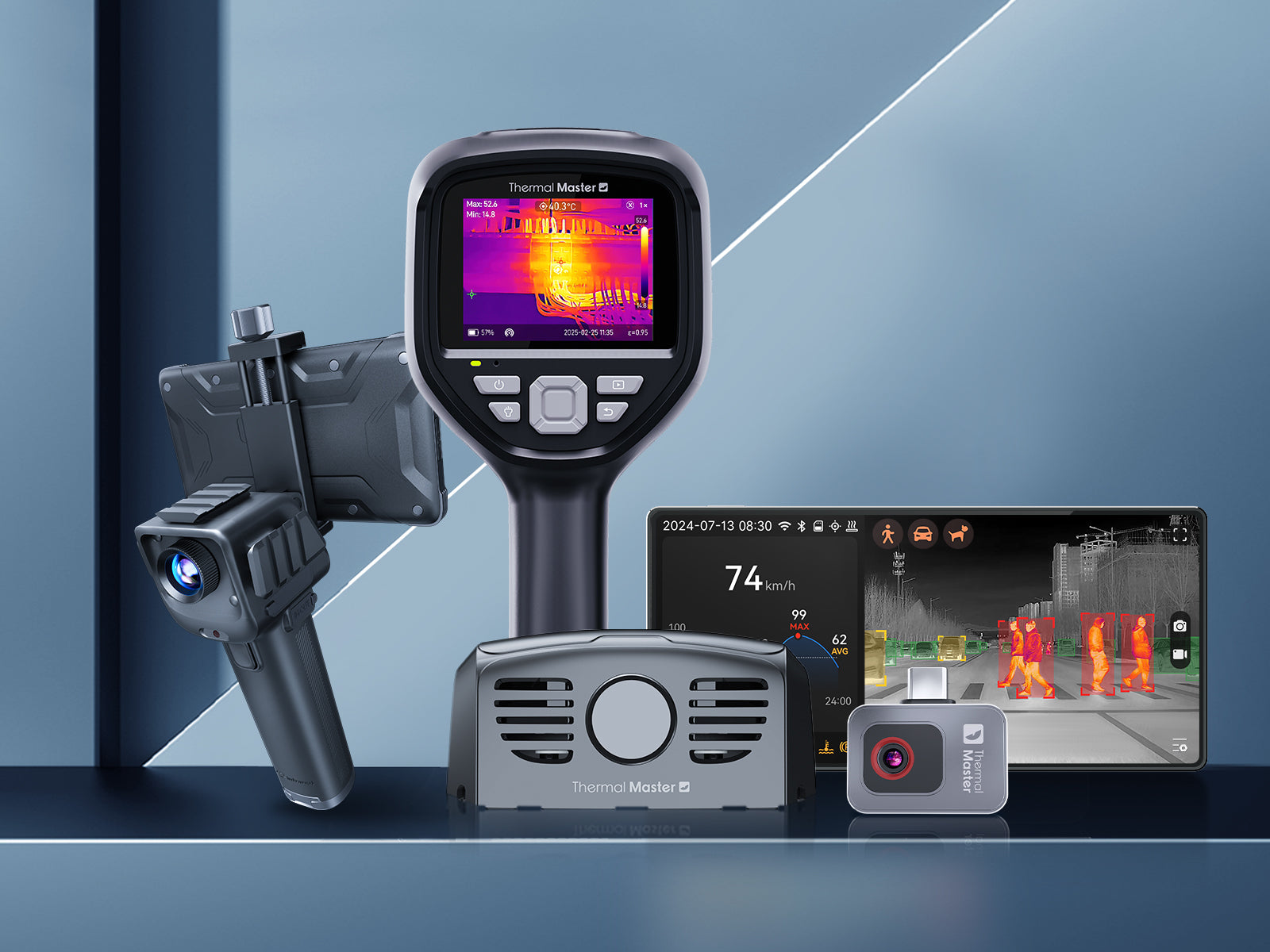
Leave a comment
All comments are moderated before being published.
This site is protected by hCaptcha and the hCaptcha Privacy Policy and Terms of Service apply.